


As a professional custom gift box packaging company, we understand that clients seek both exquisite aesthetics and cost control. Today, we’ll dive into the common printing and lamination processes in custom box manufacturing and how they affect final pricing. By optimizing design choices, you can effectively reduce costs while ensuring high-quality outcomes. Imagine this: You’re discussing a new gift box design with your designer, aiming for a premium look without breaking the bank. Understanding the intricacies of printing and lamination can help you make smarter decisions!
Printing and lamination are crucial steps in gift box customization, but they can sometimes “clash.” For instance, lamination alters the appearance of printed colors, and process choices directly impact the defect rate. If the box design is straightforward and techniques are mature, the defect rate decreases, naturally lowering costs and resulting in more favorable quotes. So, how can you ensure manufacturers offer reasonable prices? Let’s explore two key factors.
1. Color Selection: Darker Shades Are More “Friendly”
In custom box packaging, color isn’t just about aesthetics—it directly affects cost and final results. No matter how high-quality the lamination film is, it refracts light, leading to color shifts. Typically, laminated colors become about 10–20% darker than non-laminated ones. It’s like adding a filter to an image: a bright red might turn deeper and more muted.
Moreover, most box printing uses CMYK four-color printing, which is cost-effective but subject to natural color changes as the ink dries. This requires skilled colorists to precisely control the outcome. As a buyer, opting for darker shades can “expand” the colorist’s adjustment range. For example, if you want a blue, specify a “dark navy blue” rather than a “vibrant royal blue.” This gives the expert more flexibility to meet your expectations, reducing rework and waste.
Food for Thought: Have you ever received boxes where the color slightly differed from the design? This might not be an error but a natural result of lamination and drying. In your next customization, discuss color tolerance with the manufacturer to optimize the outcome together.
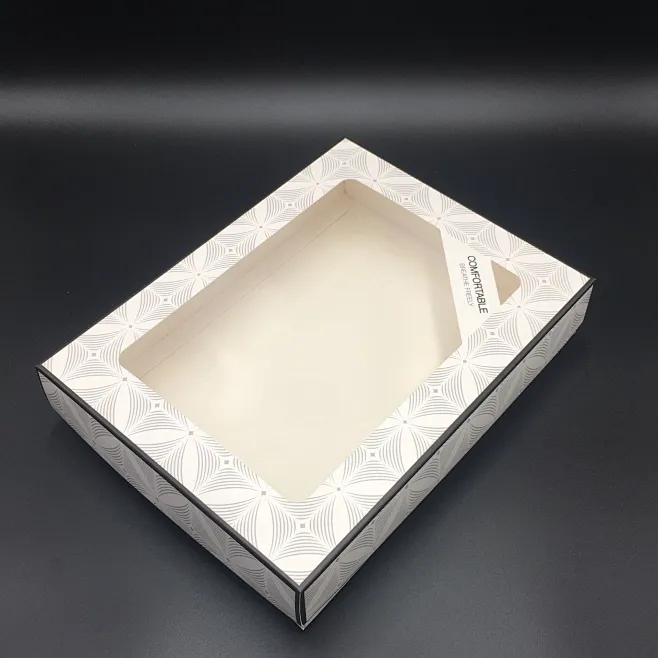

2. Film Types: Gloss vs. Matte, Balancing Touch and Vision
Many people know films come in gloss and matte varieties, but they might not grasp how these choices impact cost and experience. Both films are relatively transparent in price, but the selection indirectly affects defect rates and overall expenses.
From a cost perspective, gloss and matte films have similar prices, but their applications influence overall processes. For instance, if your design has intricate patterns, gloss film’s reflectivity might extend printing adjustment time, raising labor costs. In contrast, matte film is more forgiving of color variations, potentially lowering waste.
Picture a holiday gift box printed in deep red with matte lamination. Under natural light, the color appears calm and elegant; under artificial light, the matte finish reduces glare and highlights textures. With gloss lamination, the box would shine, but if color adjustments are off, it might look overly vibrant.
Q: Does lamination always darken colors? Are there exceptions?
A: In most cases, lamination darkens colors, but due to interactions between film materials and printing inks, colors might occasionally appear brighter or more saturated. We recommend proofing to confirm based on physical samples.
Q: Which is more durable, gloss or matte film?
A: Both have similar wear resistance, but gloss film is more scratch-resistant due to its smooth surface; matte film may show slight fingerprints more easily. Choose based on usage—e.g., for frequently handled boxes, gloss might be preferable.
Q: How can I further reduce customization costs?
A: Beyond color and film choices, optimize designs (e.g., avoid ultra-fine lines), communicate process limitations with manufacturers early, and order in bulk to control expenses effectively.
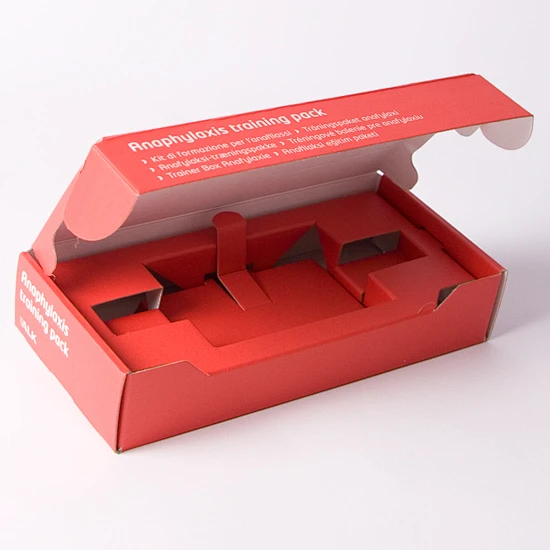
If you require extra techniques like foil stamping, UV coating, or embossing, costs will rise due to materials, labor, and defect rates. For example, foil stamping requires specialized foils and more setup time; UV coating might clash with other processes, increasing waste risks. The table below briefly compares cost factors for common techniques:
| Process Type | Main Cost Drivers | Defect Risk | Tips |
|---|---|---|---|
| Printing + Lamination | Color adjustment, film type | Medium | Choose dark colors, proof early |
| Foil Stamping | Foil material, alignment accuracy | High | Simplify patterns, produce in bulk |
| UV Coating | Coating uniformity, drying time | Medium-High | Combine with matte film |
| Embossing | Mold creation, pressure control | Medium | Avoid overly fine details |
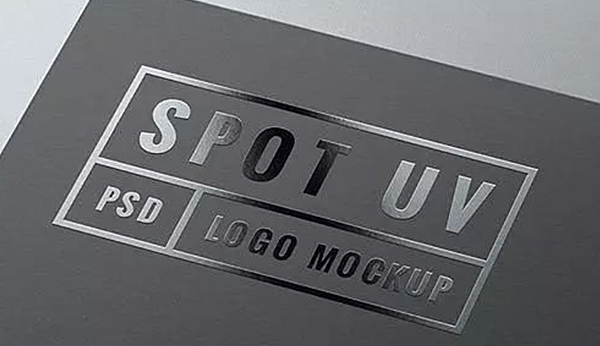
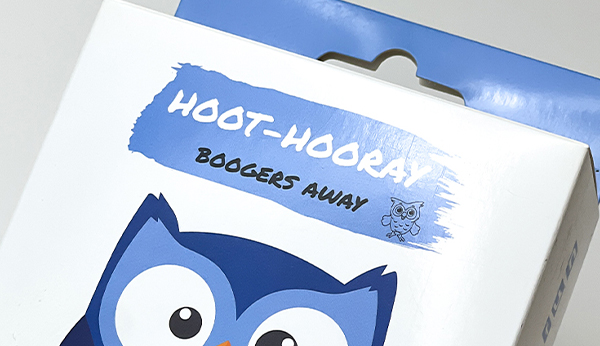
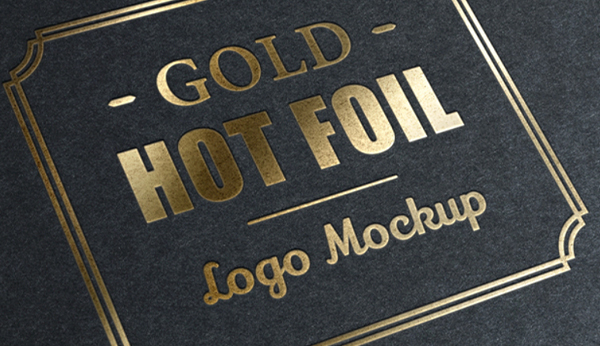
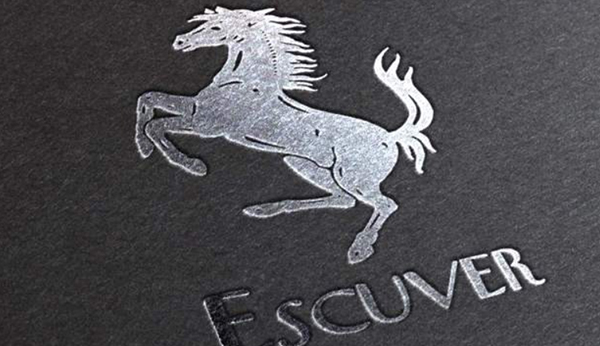
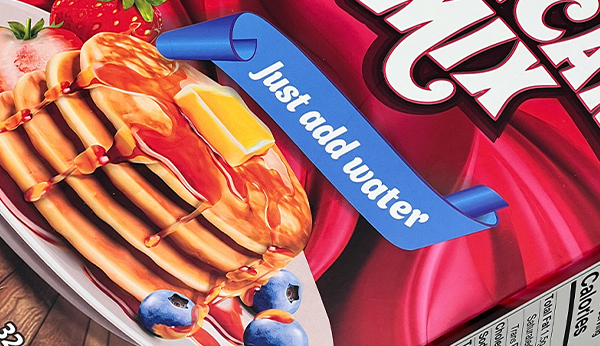
In summary, when customizing gift boxes, smart process choices—such as prioritizing dark colors and selecting films based on needs—can enhance quality and lead to more reasonable quotes. Our goal is to help you balance beauty and budget, creating stunning packaging solutions. If you have a specific project, feel free to contact us for a free consultation and proofing!
Selecting the right gift box is an art. It’s not […]
I. Commonly Used Packaging Materials Coated Paper: Know […]
The factors that influence the quality grade of packagi […]
In the field of printing, four-color printing and spot […]